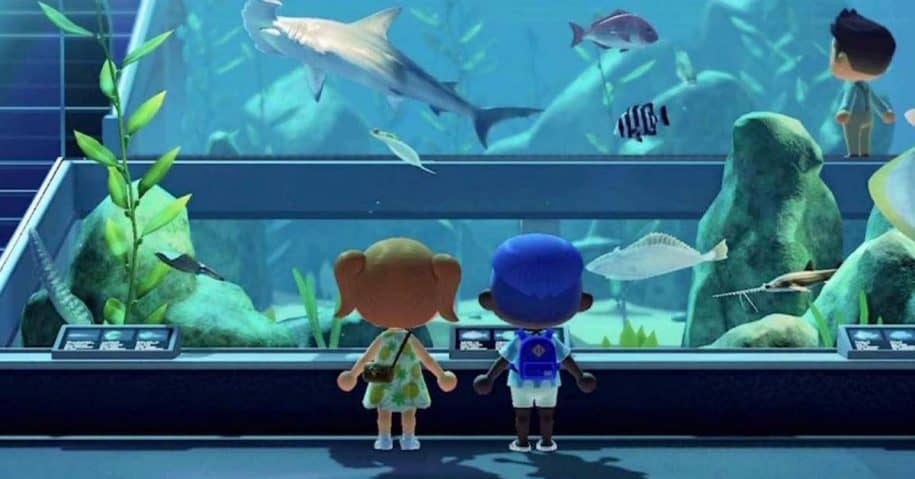Wherever you bring the game, you can have your very own museum in the pocket.
Due to the COV-19 epidemic, museums and art galleries are not able to open their doors to the public. This has a serious impact on the museums’ ticket revenue and public exposure. This issue is significantly important when museums are heavily reliant on donations from nonprofit organizations, and public exposure is a great measure to determine the amount.
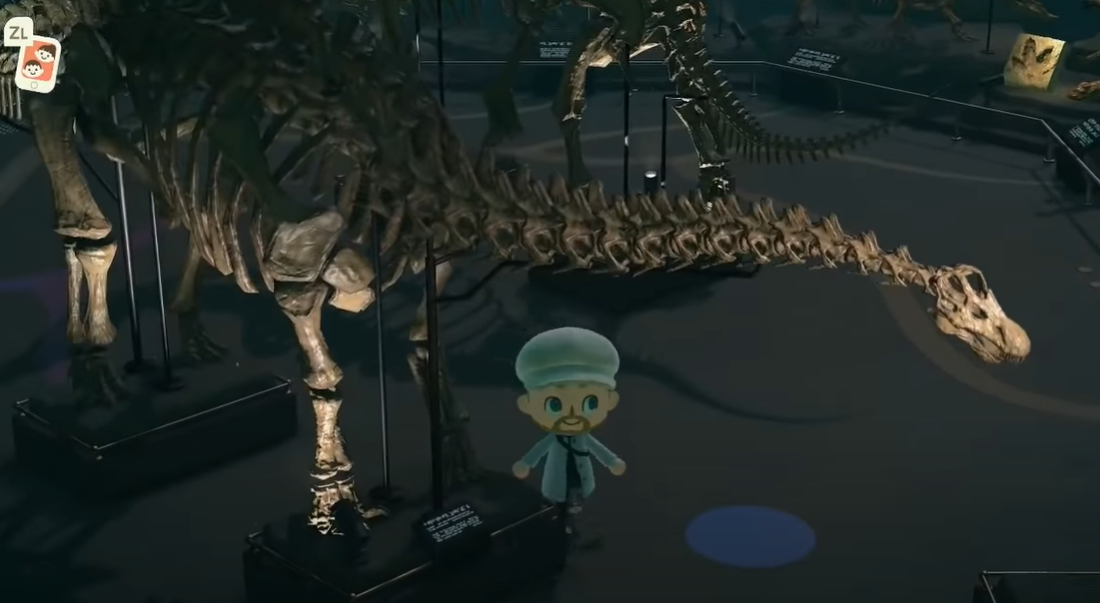
Before Nintendo Switch, many of the museums had never imagined that the gaming industry could redefine the value of a museum. Due to the high exposure of the game “Animal Crossing”, many museums began to use this game’s built-in functions to carry out virtual exhibitions on the cloud. The freedom, personalization and contextualization made a game the best storyteller for exhibitions and museum collections. In short, the gaming industry is providing museums and art galleries with a new way to present themselves.
“An increasing number of museums are seeking innovative solutions to better exhibit and communicate the tangible and intangible heritage they preserve while engaging visitors in an educational yet leisurely experience.”
When gaming became a symbol of many people’s lives, personalization, imagination and communication have advocated gaming to become part of the business. How can museums integrate the methods and concepts of gaming into the museum business-strategies effectively? This is a core question that requires an answer. Will the differences between art galleries and museums affect the way they implement gaming into their business? Moreover, how can gaming become a part of the museum visiting experience and how can visitors benefit from the game? This is not about simply using a game in an exhibition setting but actually building up an exhibition or even an entire museum floor on the cloud via a gaming setting.
Monterey Bay Aquarium (California, USA), the first museum to take the leap and use the game “Animal Crossing” to provide public education. This world-renowned aquarium, which opened in October 1987, owned 300,000 living species in a building with 30,000 square meters.
After “Animal Crossing” was released to the public, Monterey Bay Aquarium was one of the first to go live on the Nintendo Switch. During the live stream, it provided a general education session about natural science. Afterwards, it collaborated with the Field Museum of Natural History (FMNH) in Chicago to give a fossil tour in the museum inside the game. It also offers its professional opinion on whether the islands in the game will experience any geographical movement or not.
The museum does not only store its collection in a digital way inside a gaming space, but more importantly, the participant can control the museum curation process, and connect their digital life with the exhibition online. It means they can visit an exhibition with their friends, share artwork or even bring a copy back to their digital house. They can do anything with the exhibition that they can do in reality, and even more.
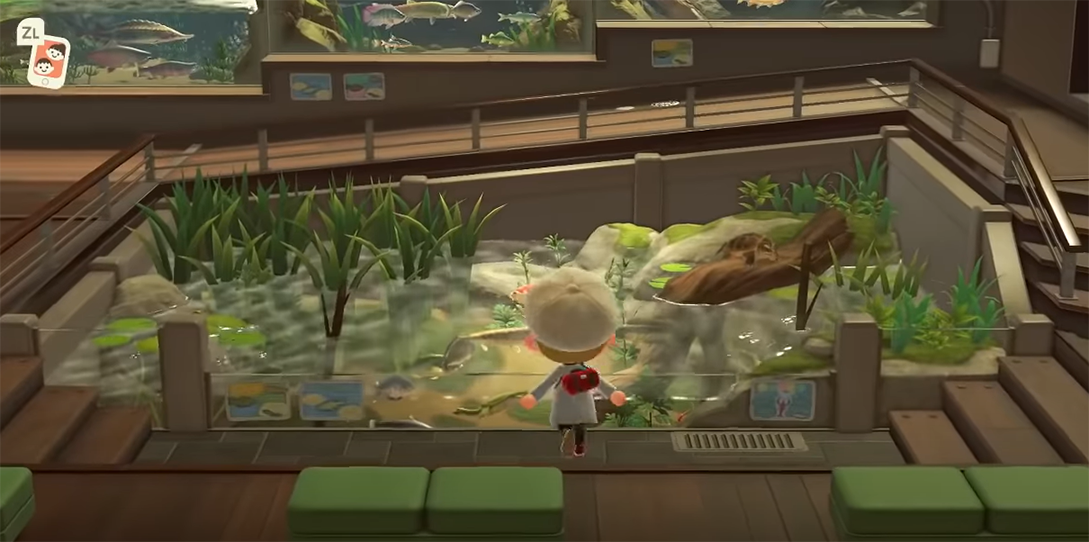
It is also worth mentioning the Tyrannosaurus Rex fossils in the Owl Museum of the “Animal Crossing” were a prototype of “SUE”, which is the best-preserved Tyrannosaurus Rex fossil in the world to date, collected and maintained by the Field Museum of Natural History. It reflects the fact that the virtual museums in the game can cross-connect its digital and real identities with the visitors. The visitors are the same. They are also able to connect with the museum both in the digital space and reality. Thus, gaming is forming a closer connection for both when its digital identity is comprehensive enough to create meanings. Among them, 3D modelling and virtual reality are just a means of reaching this realization.
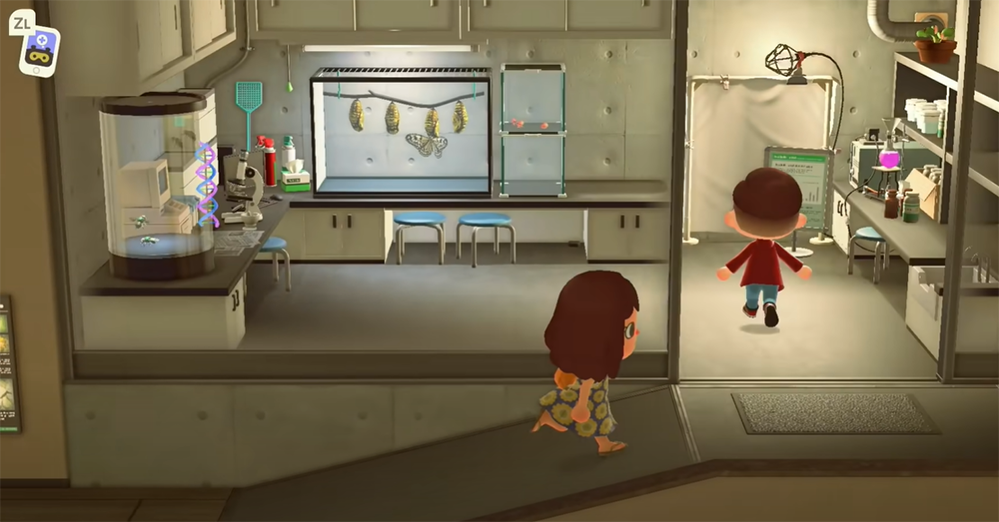
As “Animal Crossing” gradually became popular, more museums became involved. These included the Metropolitan Museum of New York, the Paul Getty Museum in Los Angeles and the Ashmolean Museum in Oxford, as well as the Victoria and Albert Museums in the United Kingdom. These museums released their respective QR codes through the Nintendo Switch Online App, enabling visitors to transfer photos of these artworks or cultural relics to the game through one of its functions.
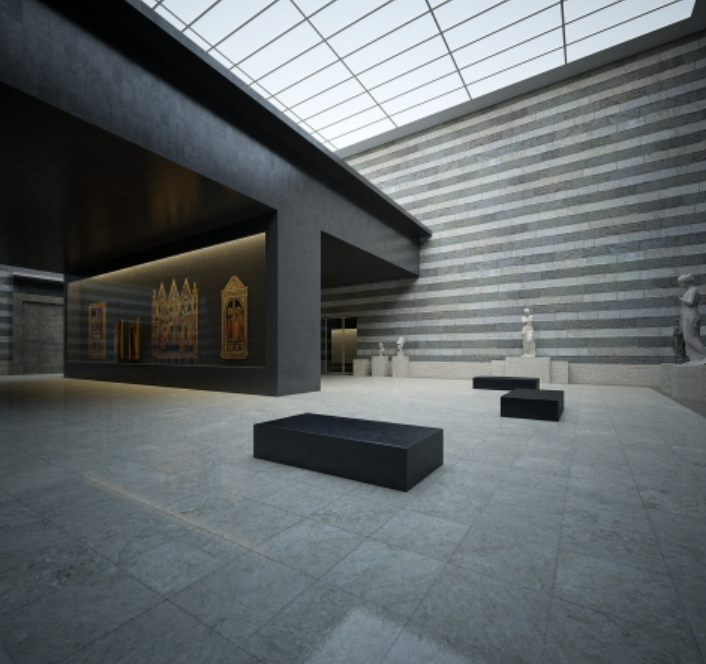
It is undeniable that museums games, as a popular and powerful storytelling method, are worthy of learning from museums and art galleries. The museums’ successes with “Animal Crossing” is due to the freedom and personalization of the game.
What if everyone could be a curator?
Curators need many characteristics, including a certain level of expertise in the field and clear logic. But at the same time, the museum community does not completely deny that visitor-led exhibitions are also a space for development. More importantly, would the world be different if everyone becomes curator? We are certain that the museum industry could make this a reality.
In a way like “Animal Crossing”, a large number of museum collections can be digitized through 3D technology and be stored in the cloud. Through providing a free virtual space for the public, attendees can invite friends or netizens to visit their exhibition space via an invitation code. It should be an interesting topic that deserves further discussion. In such a case, the only media that can provide such high transmissibility is gaming. Games provide both a virtual space for exhibitions and the ability to share all contents with digital friends or online communities. This is important for the virtual exhibition.
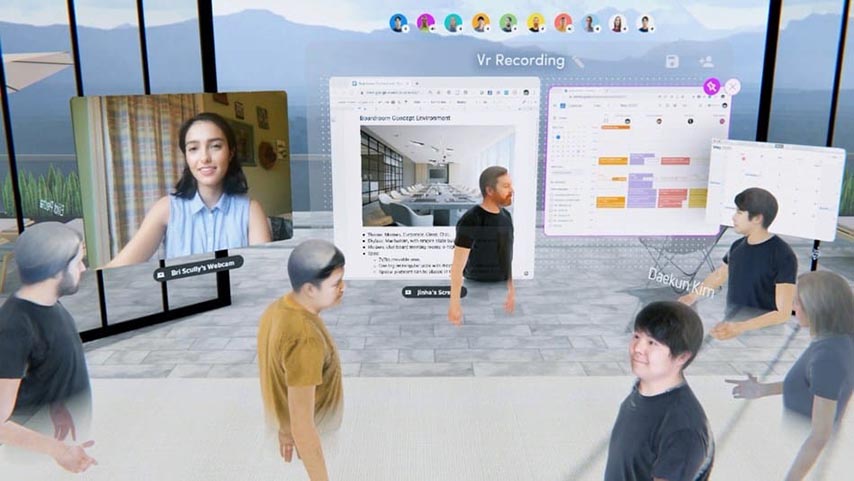
How does 3D technology participate in the gamification aspect of museums and art galleries?
In general, three-dimensional and virtual reality can provide essential grounds for gamification for museums. In general, virtual museums can be produce via two main ways.
For virtual exhibitions that are created based on a real-world existing exhibition, 3D tech company can scan the exhibition scenes and works and simultaneously store image data and measurement data into the cloud-based virtual asset management system (MG Data Tech). Therefore, the curator or audience of the museum can design their exhibition based on the original exhibition.
However, a completely digitized virtual exhibition that is built only on the cloud may be more popular. Museum groups can scan collections from several museums and store digital copies in the cloud. Visitors can become curators by themselves, select artwork from the digital database and further showcase it through a CGI light-source setting.
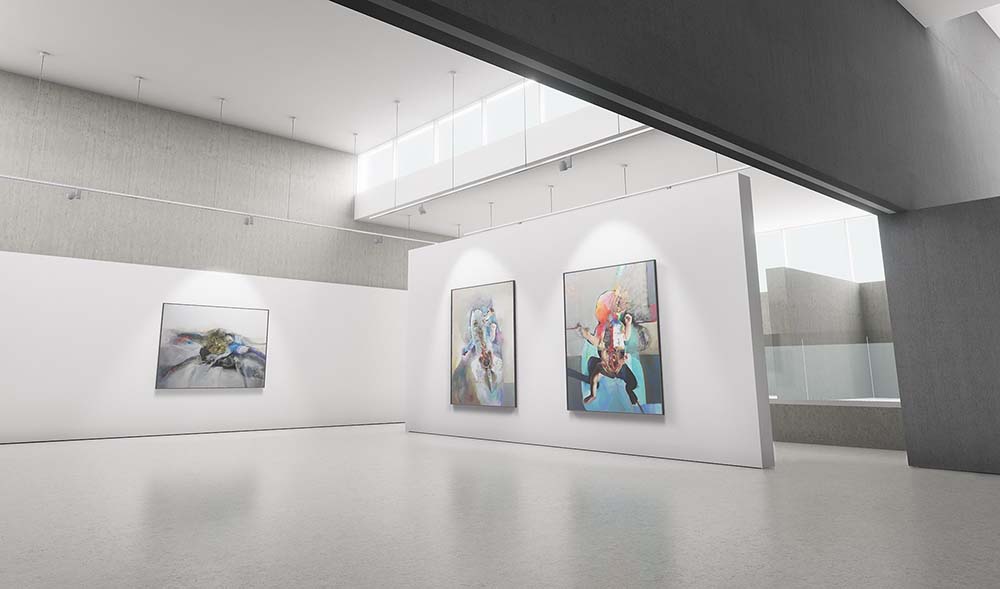

The museum’s successes in Animal Crossing is not just a symbolic moment but emphasises the importance of adopting multimedia and digitalisation. On one hand, such a combination can enable games to achieve more and widen their boundaries. Alongside this, it can effectively attract more people to engage with the museum industry.
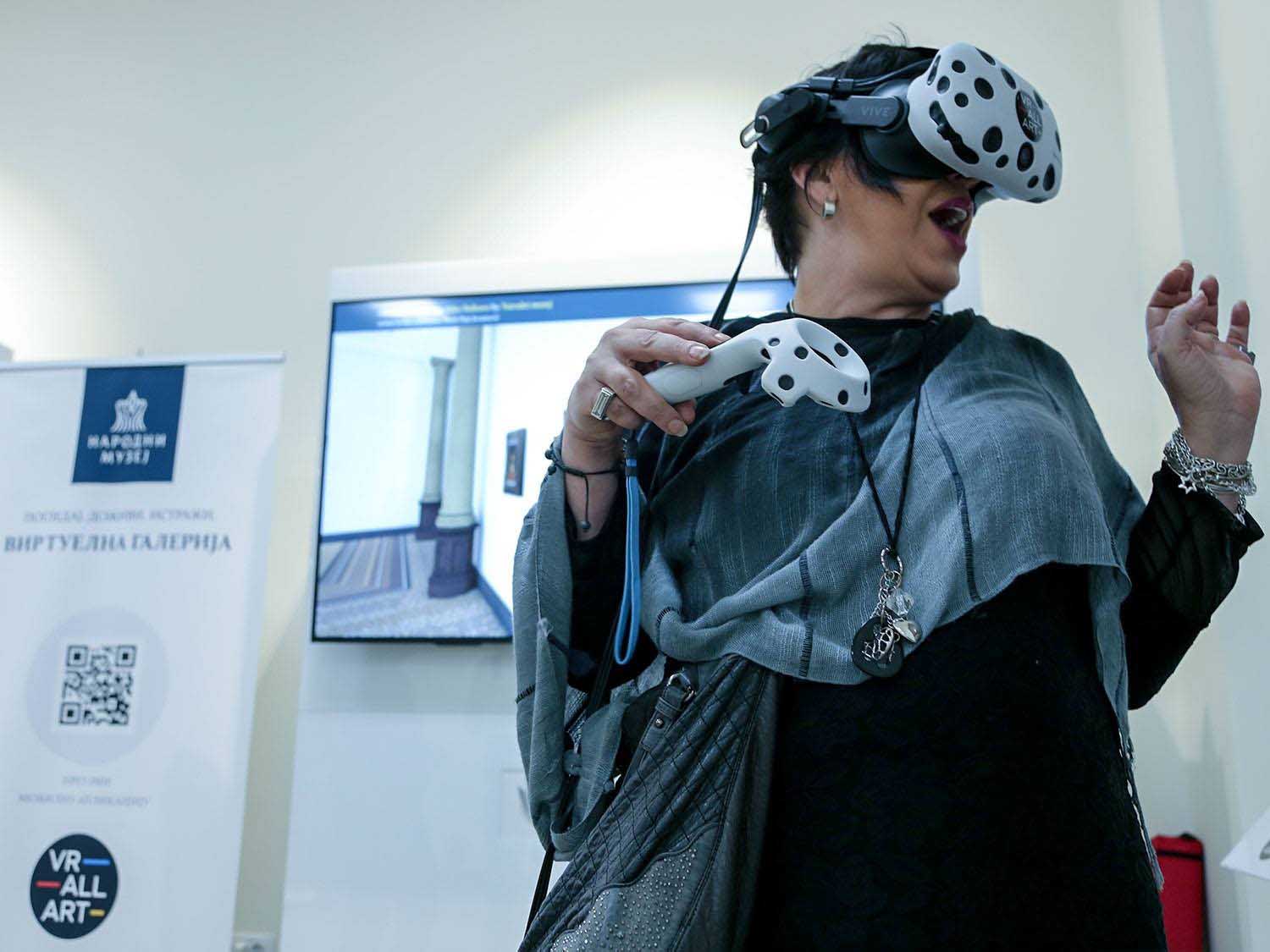
Weiss AG does not reserve the right of these images used in the article, please contact info@weiss-ag.com if you own the copyrights of these images.
Author: Christiane Zhao
